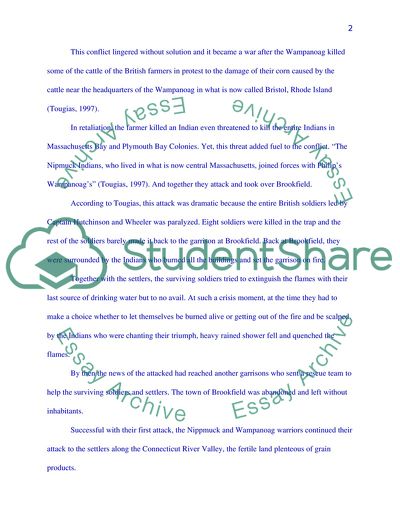Cite this document
(King Philips War Article Example | Topics and Well Written Essays - 2000 words, n.d.)
King Philips War Article Example | Topics and Well Written Essays - 2000 words. https://studentshare.org/history/1707855-military-history
King Philips War Article Example | Topics and Well Written Essays - 2000 words. https://studentshare.org/history/1707855-military-history
(King Philips War Article Example | Topics and Well Written Essays - 2000 Words)
King Philips War Article Example | Topics and Well Written Essays - 2000 Words. https://studentshare.org/history/1707855-military-history.
King Philips War Article Example | Topics and Well Written Essays - 2000 Words. https://studentshare.org/history/1707855-military-history.
“King Philips War Article Example | Topics and Well Written Essays - 2000 Words”. https://studentshare.org/history/1707855-military-history.


